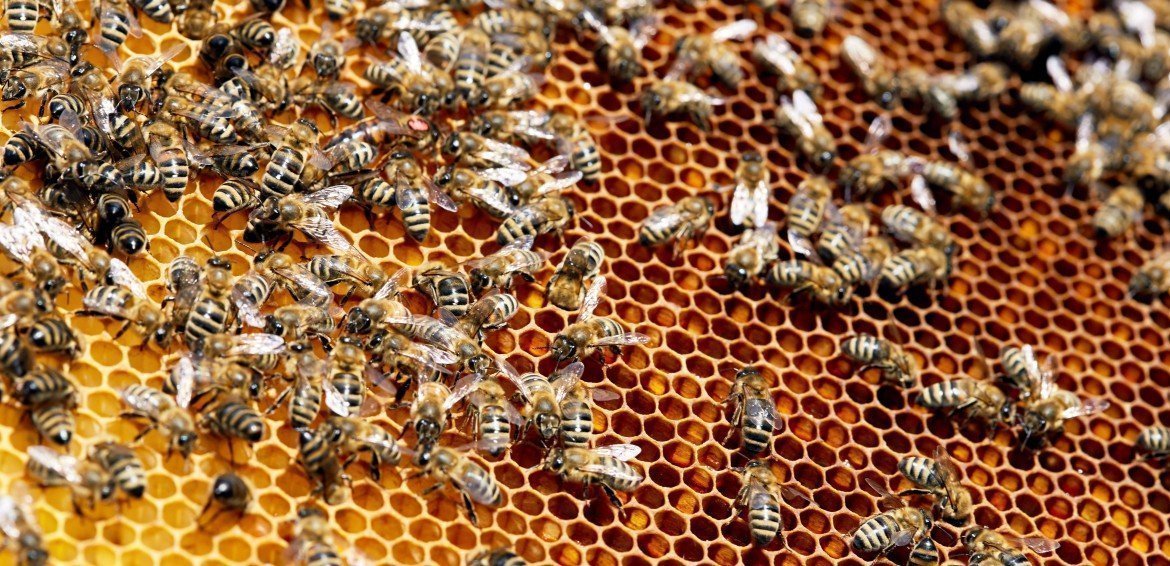blogs
Curiosities
Getting to know red propolis: what are its benefits and differentials?
26/08/2020
Red propolis, like other types of propolis, is a resin made by bees to defend the hive. Therefore, it has aseptic and antimicrobial functions. Therefore, when consumed by us humans, it can promote several health benefits.
The types of propolis are mainly characterized by colors, so they can vary between yellowish brown, green and red. As they also have different chemical compositions, understanding a little about each one is interesting to discover the best one for your needs.
Therefore, in this text we will explain what makes red propolis one of the stars of beekeeping production in Brazil.
Why is propolis red?
Apiaries dedicated to the production of red propolis in Brazil are often located around native plants, popularly known as rabo de bugio, which have reddish resin. This resin, in turn, is collected by the bees to produce propolis in the hive.
Found mainly in biomes such as the mangrove, the howler’s tail has some other names, such as: monkey’s tail, quince, mangrove quince, beach quince, guaiamum beans, among others.
Despite being the main responsible for the red color of propolis, it is not only the howler's tail that helps in the elaboration of red propolis. Resins from a tree known as oanani, guanandi, olandi, anani or ananim have also been found in this type of propolis.
Where to find red propolis?
Red propolis is commonly found in more northern areas of the country, such as the states of Alagoas, Bahia, Paraíba, Sergipe and Pernambuco. In addition, it can also be found in Cuba, Mexico and China. However, red propolis is the second most produced and commercialized type in Brazil and, because of that, it is an important commercial asset for beekeepers in the Northeast.
What are the benefits of red propolis?
Several studies have confirmed the presence of a rich variety of phenolic compounds, both in red propolis and in the resin of the plants that give rise to it. Chalcones, flavonoids, isoflavones, pterocarpanes and benzophenones are some of them.
These compounds have several biological activities and are linked to the improvement of the immune system, reduction of pathological agents in periodontal diseases and, in addition, to the reduction of the appearance of oral biofilms.
These compounds have several biological activities and are linked to the improvement of the immune system, reduction of pathological agents in periodontal diseases and, in addition, to the reduction of the appearance of oral biofilms.
In addition, it is worth mentioning that propolis helps to reduce inflammation in the arteries. In addition, its powerful antioxidant action is already proven, as well as against countless fungi, bacteria and viruses.
Did you see why red propolis can be a super ally of your health? If you liked this article, learn more about our products by clicking here. If you are interested in propolis, you can find our concentrated extract here.
Text adapted from the article: Getting to know red propolis, prepared by hive products specialist Profa. Dr. Maria Cristina Marcucci. Click here to access the source material.






